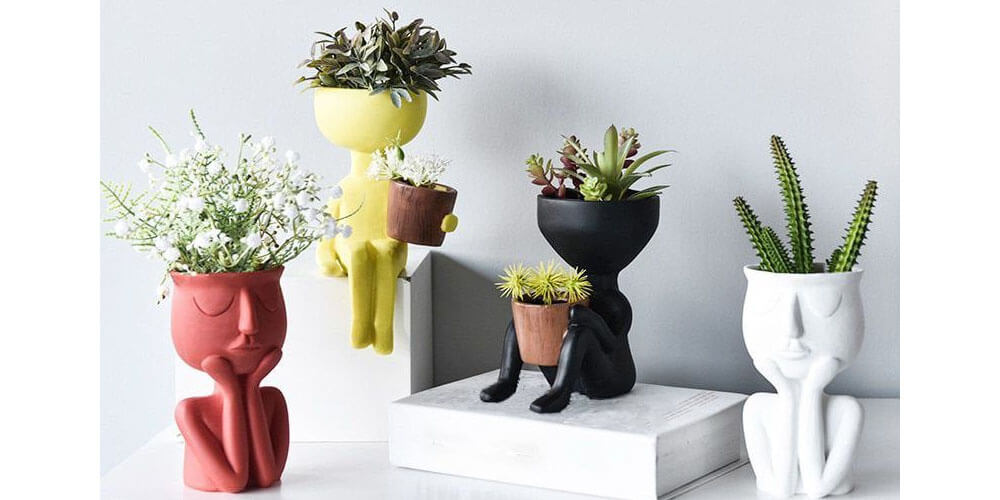Are you interested in indoor planting? If yes, you will end up asking yourself whether the indoor planters need drainage holes at the bottom. Regardless of the plant types you want to grow; you are supposed to ensure indoor planters have drainage holes to be healthy as they grow. If there are no holes at the bottom, the indoor plants will most likely die or become unhealthy.
Why Do the Indoor Plants Require Drain Holes?
Some aquatic plants are an exception. It is imperative to understand that the plant roots don’t like to sit in water, considering they are supposed to exchange carbon dioxide and oxygen. The main issue with excess water is that the excess water will close off the air pockets present in the soil. When there are no drainage holes in the pot de fleur, there is a high likelihood that plants will be overwatered. If the soil surface appears dry, it is an indicator it may be wet at the bottom.
The anatomy of indoor planters
The waterlogged soil will lead to root rot, and the condition will most likely kill the plants. Some of the root rot signs are such as wilted leaves, and the plant will not showcase any positive changes after watering. The leaves will drop, and they will also turn yellow. If you have already removed the plants from the indoor planter, you will notice the roots are slimy and black.
Making sure that the indoor planters have a significant number of holes
You are also supposed to make sure the indoor planters have enough holes to ensure the salt doesn’t build up. The fertilizers and water usually contain salts, and in excessive amounts, they can cause irreparable damage to plants. As you water the plants, the water should be allowed to flow through the holes at the bottom of the container such that the salts will be flushed out.
What to do if there are no holes
If there are no holes at the bottom, the salt will remain in the soil, and they will also build up with time. The environment in the indoor planter will also not be favorable for the plants. If the salts build-up, you will notice the plant leaves will turn brown on the edges and tips. There will also be a whitish crust of salt that will be present on the soil’s surface.
Some homeowners ensure the plants are seated on a saucer such that the floor or furniture in the house is protected from drips. Such an option is suitable; however, you should ensure that water will not sit on the saucer. Ensure the water on the saucer has been dumped regularly. It is advisable to water the plants from the kitchen sink and then move them to the saucer after draining.
Final Thoughts
If the indoor planter has come without any drainage holes, you can drill holes at the bottom. If you cannot drill some holes in the container, you can use the indoor planter as a decorative pot. If you need to water the plants, you can water them from the kitchen sink, and after they are done draining, you can place them at the usual spot.
